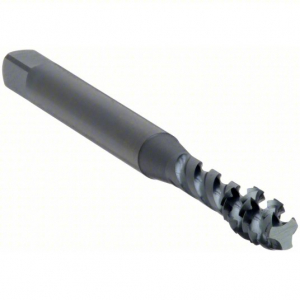- Joined
- Apr 29, 2019
- Messages
- 2,249
And since it is just a ball detent that will never have a significant load on it you could even go a bit bigger than the "Q" IF it is still tight, you could try a "R" / .339 or even an 11/32" / .343.
If you have a good tap the "Q" should be fine.
It is rare that you will find a good tap at a hardware or big box store. Craftsman never had good taps.
If you have a good tap the "Q" should be fine.
It is rare that you will find a good tap at a hardware or big box store. Craftsman never had good taps.

